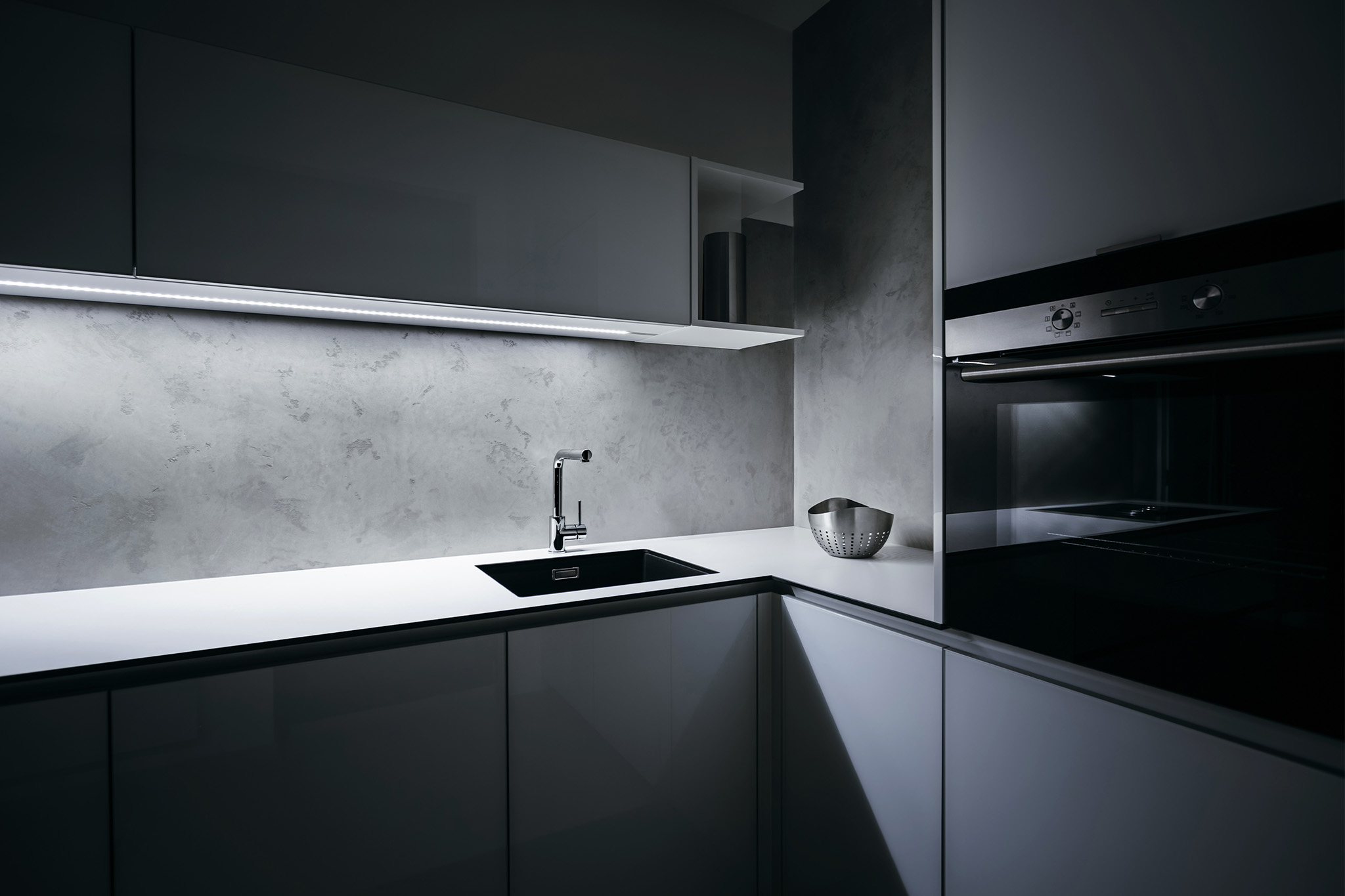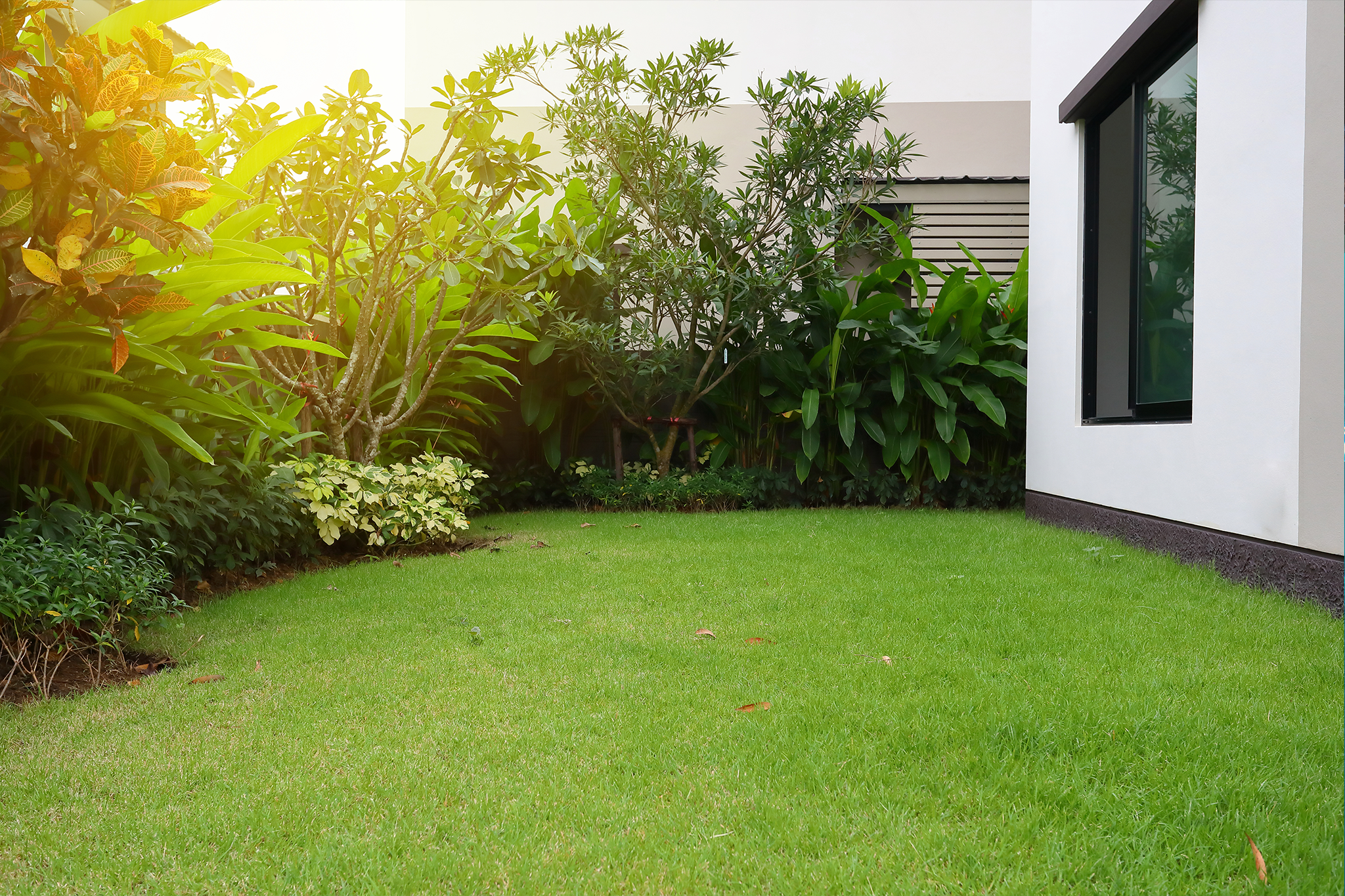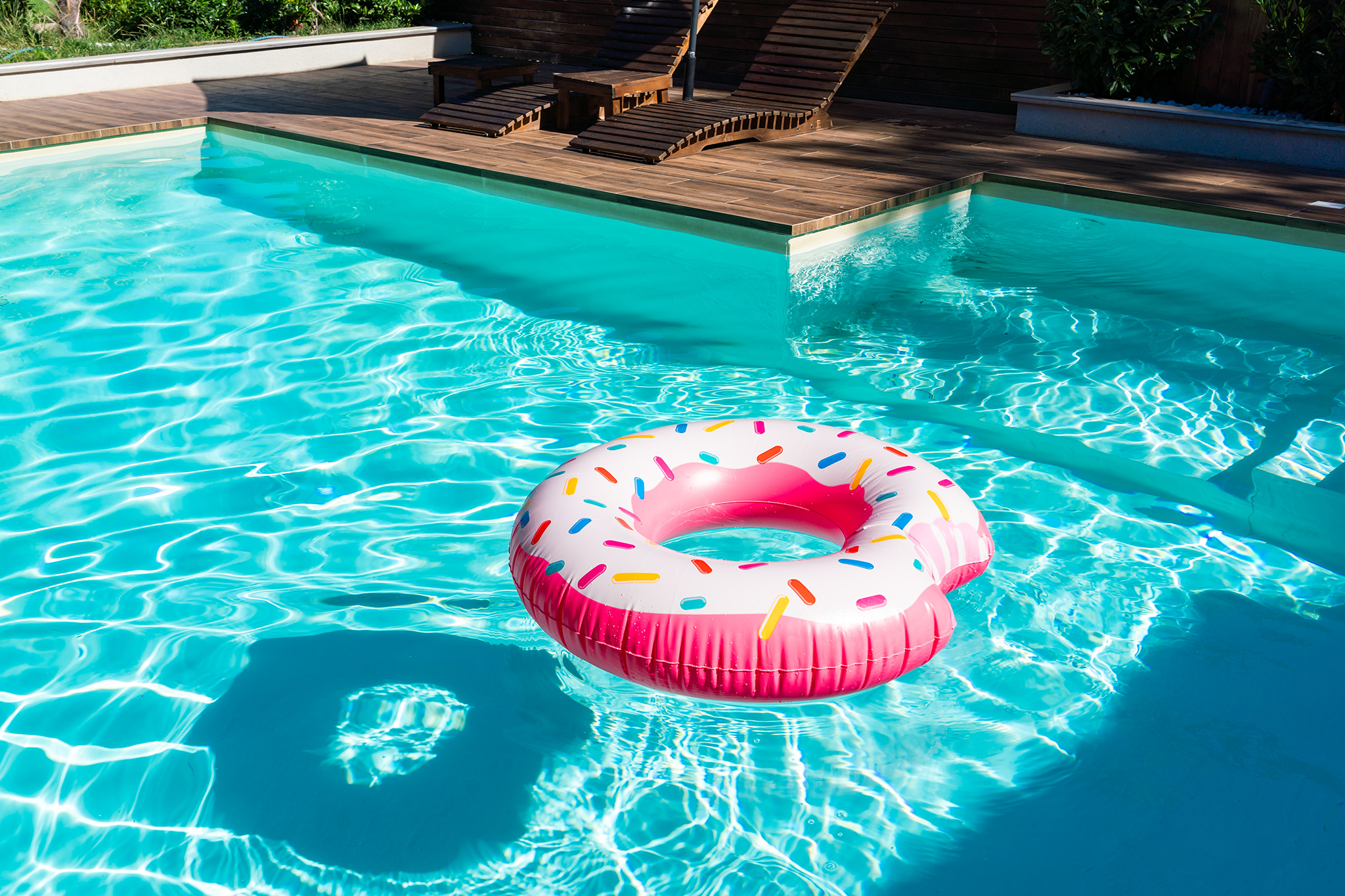

Cleaning Your Dark Kitchen Cabinets
Dark kitchen cabinets have become increasingly popular over the last few years, with colours ranging from dark brown to black. Dark colours are generally available in many cabinet styles, for example, laminate timber, vinyl or 2 PAC cabinetry. Darker colours can be a breathtaking addition to your kitchen, particularly when they have been manufactured and installed well.
As the old saying goes, pain is beauty and beauty is pain. While dark cabinets may have a striking effect, they can be challenging to keep clean. Often, the assumption is that darker cabinets will be easier to maintain as you won’t see stains or marks as easily, but the reality is that fingerprints and water spills can be unforgiving on a dark surface. This can be especially problematic if you have young children who love to put their hands on pretty much everything. If there are cabinets to run sticky fingers across, chances are, your kids will find them.*
Because of the way light reflects off a dark surface, some marks are more visible and obvious than they would be on a lighter surface. Marks can be difficult to remove depending on their cause. For example, oil marks can be tricky to remove with regular household cleaning sprays as these products may not be effective in breaking down oils. In fact, cleaning products can occasionally leave behind streak marks which kind of defeats the point of cleaning in the first place.
Rest assured, we’ve scoured the internet for the best ways to properly clean your kitchen cabinets, so hopefully you won’t slowly lose your mind and have the builder come and rip them out.
We recommend testing all the below options on the inside of your cabinets to ensure that they won’t be damaged. You can also contact the manufacturer and enquire about which products are safe to use and ask if they have any recommendations.
- Soap and water
Start with the basics! Try using soap and warm water and wipe down all surfaces. Pay particular attention to handles, where fingerprints and smudges are most likely. We recommend wiping over cabinets with a dry, clean microfibre cloth afterwards. If this does not eliminate streak marks, try going over cabinets with a window cleaner and then drying them again. - Vinegar
If soap and water doesn’t do the trick, there are some DIY cleaning products you can try. As a combination of acetic acid and water, vinegar can be effective in eliminating grease and food stains. Simply mix vinegar with some warm water and use a damp cloth to wipe the cabinets (add a small squirt of mild dishwashing liquid for particularly tricky stains). - Baking Soda
If you’re battling especially stubborn grease, Better Homes & Gardens recommends mixing baking soda and warm water to make a paste, which can then be applied to the relevant areas. Let the paste rest for a few minutes before using a damp cloth to wipe it away. - Eucalyptus oil
If you have laminate cabinets, try using a mixture of eucalyptus oil and water in a spray to break down grease and avoid streak marks. Wipe down with a clean, dry cloth once you’re done.
Hopefully you haven’t made it this far thinking, ‘oh god, what have I done?’, because while dark cabinets can be tricky to keep clean, there are many options and home remedies that you can try. Once you find something that works for you, you can alternate between spot and deep cleaning, depending on the extent of the stains and smudges. Importantly, after a little experimenting, you’ll be able to enjoy your beautiful kitchen cabinets, which are bound to have a powerful effect in your home.
*This also applies to drunk housemates who come home and decide to snack on anything they can find in the pantry. Trust us, hide the Cheezels.



